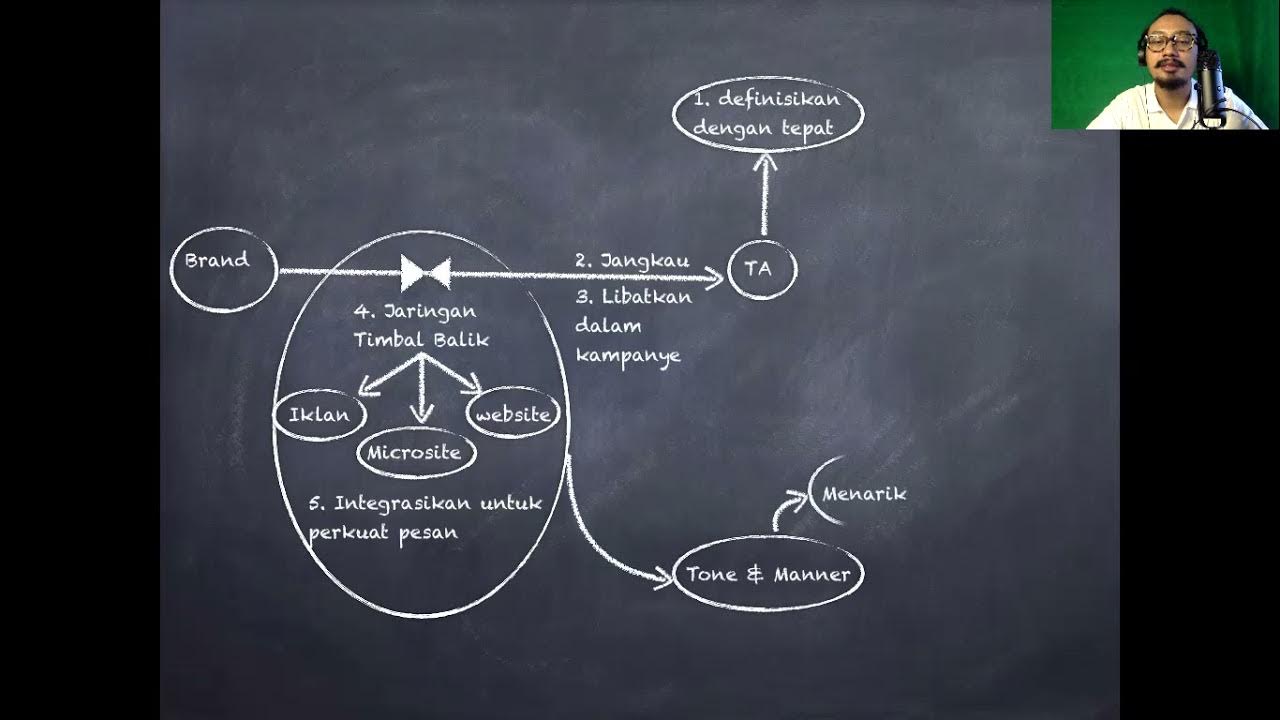How to Get Sponsorship for Anything
Summary
TLDRIn this video, the speaker explains how to successfully secure sponsorships by focusing on connecting brands with their target audiences. They discuss three types of sponsorship: cash, media, and in-kind, and emphasize the importance of audience data in identifying the right sponsors. The key to success is building a strong relationship with potential sponsors through a customized approach, including a discovery session, tailored proposals, and clear agreements. The video encourages a personalized, data-driven approach to sponsorship, demonstrating how to engage sponsors effectively from start to finish.
Takeaways
- 😀 Sponsorship is not just about logos; it's a marketing strategy to connect an audience to a brand meaningfully.
- 😀 There are three main types of sponsorship: cash, media, and in-kind (contra) sponsorships, each offering different benefits.
- 😀 Audience data is essential for pursuing sponsorships; it helps identify the right sponsors and tailor the pitch effectively.
- 😀 You should collect at least 25 data points on your broader audience and 25 more on at least three buyer personas or avatars.
- 😀 Identify potential sponsors by understanding which brands your audience prefers and whose customers they are likely to be.
- 😀 Building a pipeline of at least 300 potential sponsors is crucial before starting outreach, ensuring a targeted approach.
- 😀 A personalized, short email is more effective than sending generic sponsorship proposals to get a sponsor's attention.
- 😀 The goal of the initial email is not to sell, but to schedule a discovery session where you can better understand the sponsor’s needs.
- 😀 During the discovery session, ask questions to understand the sponsor’s goals, target market, and ROI expectations.
- 😀 After the discovery session, customize your sponsorship proposal based on the sponsor's needs, rather than using a standard package.
- 😀 Once the sponsor agrees, engage a lawyer to draft a clear and mutually agreed-upon sponsorship contract to avoid misunderstandings.
Q & A
What is sponsorship and how does it work?
-Sponsorship is a marketing discipline where a brand connects with an audience in a meaningful way. It's not just about putting logos on things or creating packages; it's about crafting a marketing opportunity that bridges the brand and the audience, potentially leading to revenue.
What are the three main types of sponsorship?
-The three main types of sponsorship are: 1) Cash Sponsorship, where a sponsor provides money in exchange for marketing assets; 2) Media Sponsorship, where a sponsor provides media exposure instead of cash; and 3) In-kind or Contra Sponsorship, where sponsors provide free products or services instead of money.
Why is audience data crucial for securing sponsorship?
-Audience data is critical because it allows you to identify and prove to potential sponsors that your audience matches their target market. Without clear data on your audience, it is impossible to engage effectively in sponsorship or show potential sponsors the value of reaching your audience.
How many data points should you collect about your audience?
-You should collect at least 25 data points on your broader audience, as well as 25 data points for each of at least three distinct buyer personas or audience segments. This helps you understand and segment your audience clearly.
What is the process for identifying potential sponsors?
-Once you have detailed audience data, you can identify potential sponsors by looking for brands that align with your audience's preferences. The goal is to find companies whose consumers match your audience's profile, not just those with available money.
How many companies should you have in your prospect pipeline?
-You should aim to have at least 300 prospective companies in your database before starting outreach. This ensures you have a wide enough pool to choose from and increases your chances of finding the right sponsor.
What is the best way to approach potential sponsors?
-The best way to approach potential sponsors is by sending a short, simple email introducing your audience and suggesting a brief call to discuss how you can help them achieve their marketing goals. Avoid sending large, generic sponsorship proposals at this stage.
What is the purpose of a discovery session with a sponsor?
-The discovery session is about learning and understanding the sponsor's goals, target market, and how they measure return on investment. It's not about making a sale, but gathering enough information to create a customized proposal that aligns with their objectives.
Why should you customize a sponsorship proposal?
-Customizing a sponsorship proposal is essential because it ensures that the offer is tailored to the sponsor's specific goals, based on insights from your discovery session. A one-size-fits-all proposal is much less likely to be successful.
What should you do after delivering on the sponsorship agreement?
-After fulfilling the terms of a sponsorship agreement, you should provide a fulfillment report to the sponsor that proves you delivered on your commitments. This is also the opportunity to ask them to sponsor your next event or campaign.
Outlines

Esta sección está disponible solo para usuarios con suscripción. Por favor, mejora tu plan para acceder a esta parte.
Mejorar ahoraMindmap

Esta sección está disponible solo para usuarios con suscripción. Por favor, mejora tu plan para acceder a esta parte.
Mejorar ahoraKeywords

Esta sección está disponible solo para usuarios con suscripción. Por favor, mejora tu plan para acceder a esta parte.
Mejorar ahoraHighlights

Esta sección está disponible solo para usuarios con suscripción. Por favor, mejora tu plan para acceder a esta parte.
Mejorar ahoraTranscripts

Esta sección está disponible solo para usuarios con suscripción. Por favor, mejora tu plan para acceder a esta parte.
Mejorar ahora5.0 / 5 (0 votes)






